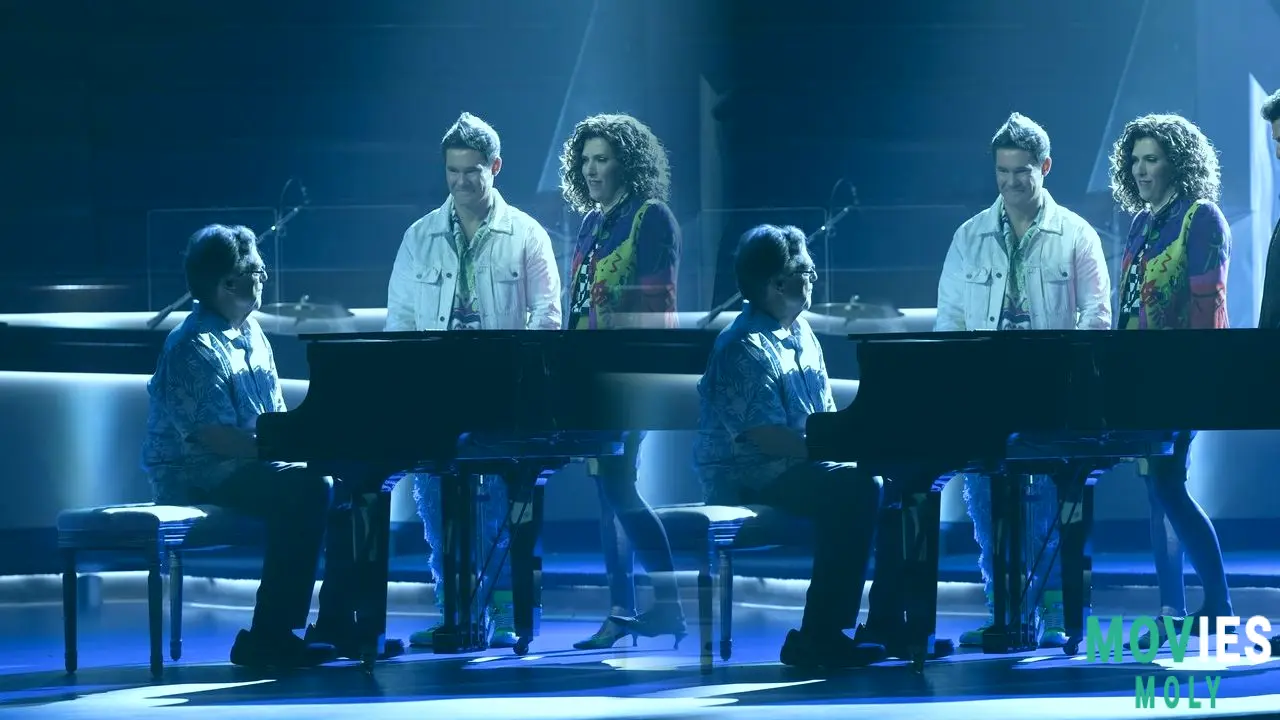“The Righteous Gemstones” didn’t just stick the landing — it crashed through the stained-glass window of monolithic televangelist satire with its final episode, “That Man of God May Be Complete.” Creator Danny McBride, who wrote and directed the explosive series finale, gave viewers one last explosive dose of grit, gore, grandeur, and genuine emotional resonance. And somehow, in a world where a capuchin monkey smokes cigarettes and fetches guns, that final sermon still managed to feel deeply human.
The series finale takes the Gemstones on a stripped-down soul test with a shocking twistAfter four seasons of glitter, sin, and scripture, the Gemstone siblings—Jesse (McBride), Judy (Edi Patterson), and Kelvin (Adam DeVine)—found themselves under literal fire in the show's climactic lake-house showdown. Corey Milsap (Seann William Scott), the deranged son of villainous gator farmer Cobb Milsap (Michael Rooker), revealed his dark hand in a string of murders and manipulations. Wearing a Michael Jackson costume in a moment that was as bizarre as it was cinematic, Corey attacked the family at Galilee Gulch, the Gemstones’ opulent vacation home.
We watch in agonizing real-time as Corey wounds the siblings with gunfire. For a tense, gut-punching moment, the audience is left to reckon with the possibility that this might be the end for our eternally flawed trio. But then, in a twist that perfectly encapsulates the show's blend of absurdity and symbolism, Dr. Watson—the masturbating, cigarette-smoking capuchin service monkey—saves the day by retrieving Jesse’s gun. Jesse returns fire, taking down Corey with precision. It's ridiculous. It's divine. It's Gemstones to the core.
A near-death experience strips the siblings of their wealth and ego—but not their faith
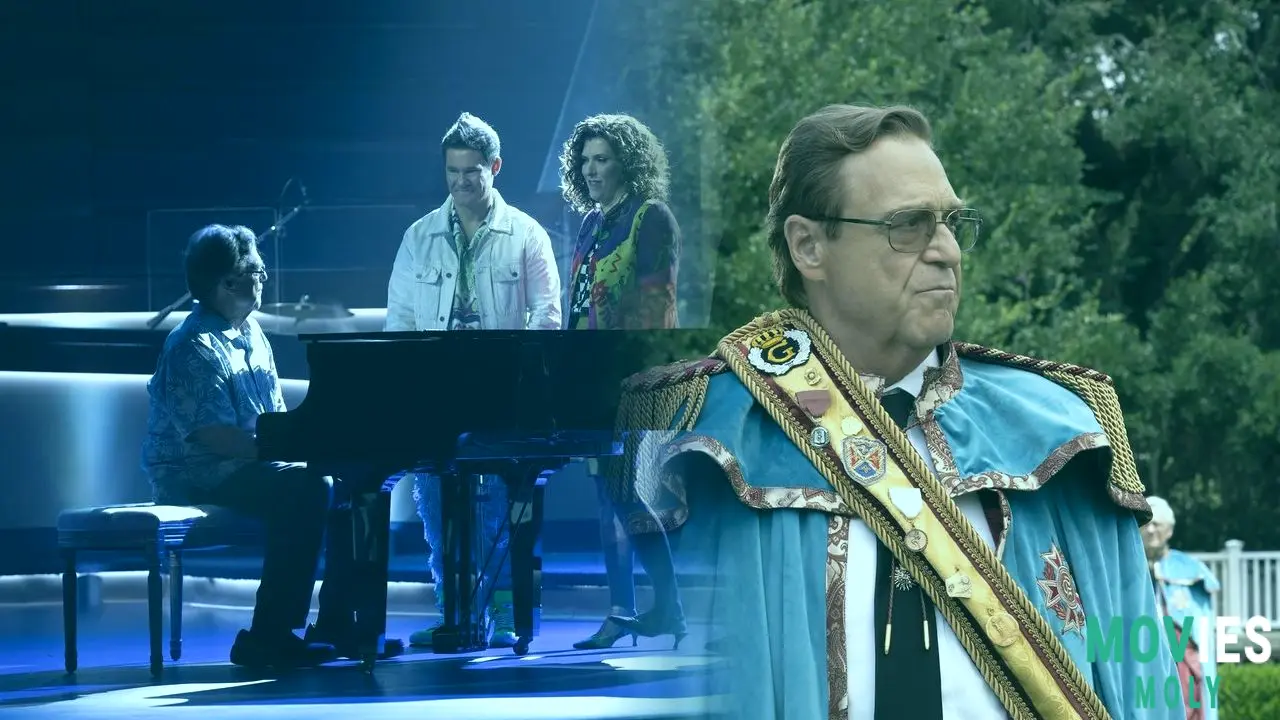
What could have been a grim finale instead turned into a spiritual rebirth. The near-death experience was more than a cheap shock—it was a narrative crucible. As McBride explained in a recent interview, the Gemstones had to be “stripped down to some raw place.” Without their money, their monster trucks, or their jetpacks, they were forced to confront who they really are beneath the glittery veneer of prosperity gospel performance.
And in that rawness, something genuine happened. The siblings didn't just survive Corey’s assault—they saved him. Wounded and dying, Corey is prayed over by the very people he tried to kill. It’s a moment of circular storytelling brilliance, echoing the first episode of the season, where the Gemstone ancestor Elijah (Bradley Cooper) prays for Confederate soldiers he had just sentenced to death. This time, the prayer isn’t about redemption through violence—it’s about salvation through compassion, no matter how messy or undeserved.
Costume designer Christina Flannery’s flamboyant touch gave souls to sinners and saints alike
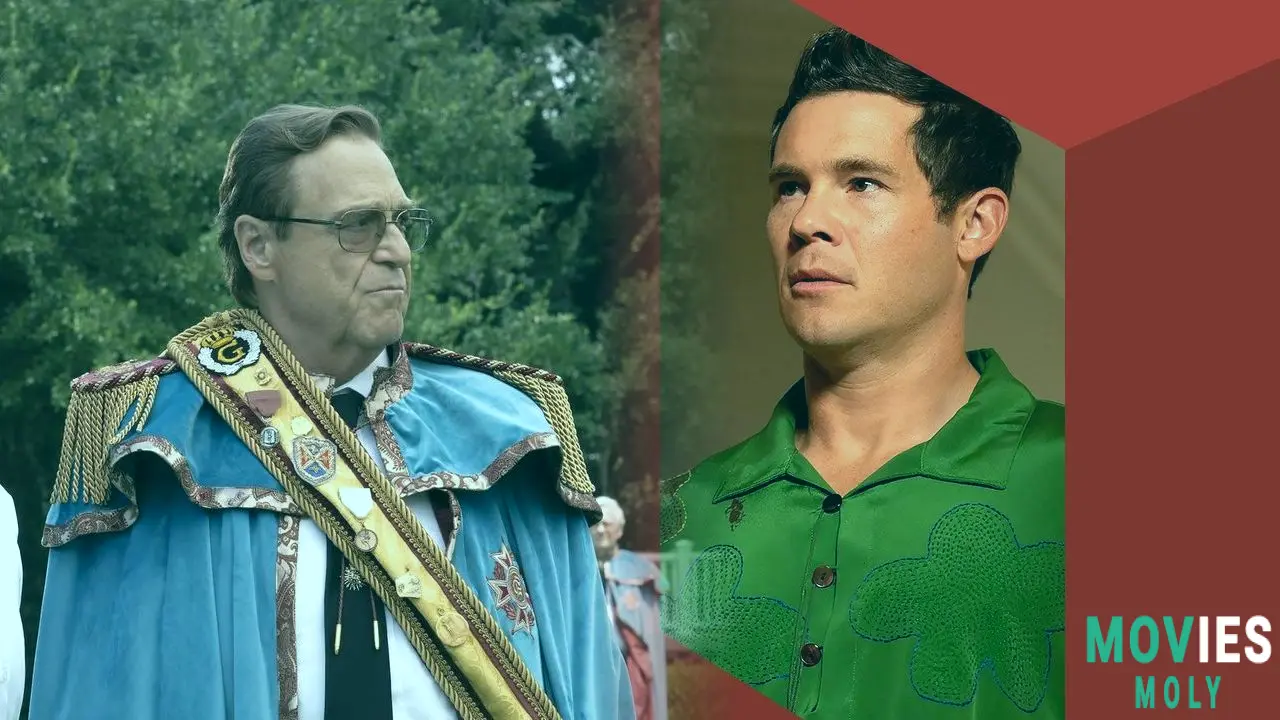
One of the most striking undercurrents throughout the series—and powerfully present in the finale—was the way The Righteous Gemstones used fashion as character storytelling. As CNN insightfully noted, the Gemstones are never just preaching; they’re performing. Judy’s 1980s power suits, Jesse’s impractical leather in the heat, Kelvin’s emerald magicians’ garb—every sequin and shoulder pad was a plea for relevance, authority, and identity.
Even in moments of crisis, the characters clung to their sartorial sermons. When they’re supposedly off-duty, they’re still dressed to evangelize. The garb is gospel. It’s camp meeting meets drag show, with inspirations from Tammy Faye Bakker, Thierry Mugler, and Leigh Bowery. The costumes didn’t just clothe the characters—theyilluminated their inner struggles, hypocrisies, and, ultimately, their humanity. In a genre that often strips characters down to clichés, Gemstones dressed them up in full color—literally and figuratively.
Kelvin’s coming out and Eli’s romance offer hopeful closures to deeply layered arcs
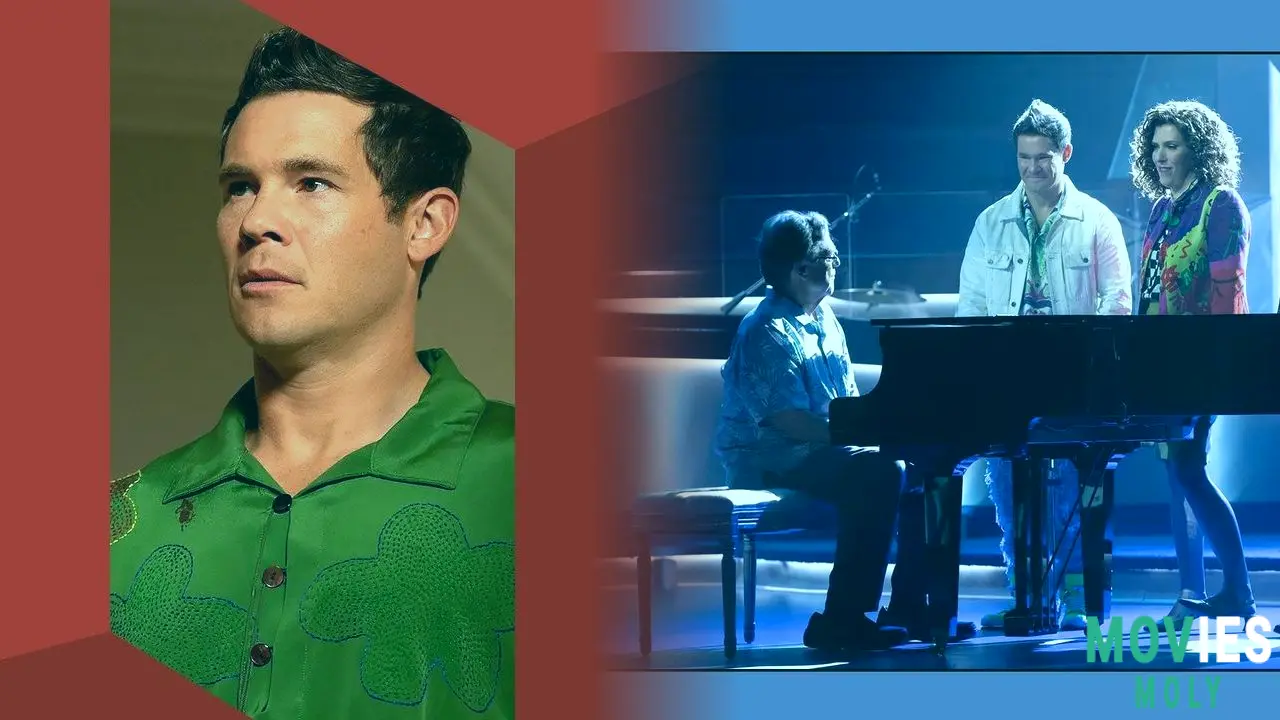
While the showdown at Galilee Gulch stole most of the blood and adrenaline, the emotional denouements came in the quieter scenes that followed. Kelvin’s public coming out during the Top Christ Following Man competition was a triumphant reclaiming of identity from a space that’s historically rejected it. His wedding to Keefe (Tony Cavalero), officiated by Eli himself, was a heartfelt fireworks finale to a storyline about love, repression, and courage.
Meanwhile, Eli Gemstone (John Goodman) gave us one of the most surprising and satisfying character arcs of the entire run. His romance with Lori (Megan Mullally), Aimee-Leigh’s former best friend, was met with childish resistance from his kids but ultimately broke through as a genuine step forward. After years of standing in for the family’s moral center, Eli finally moved on from the matriarch’s shadow—and so did the show. His last scene, setting sail and being joined by Lori, felt less like an escape and more like a new beginning.
The final meal at Jason’s Steakhouse and a monkey’s mischief serve as the perfect closing gospel
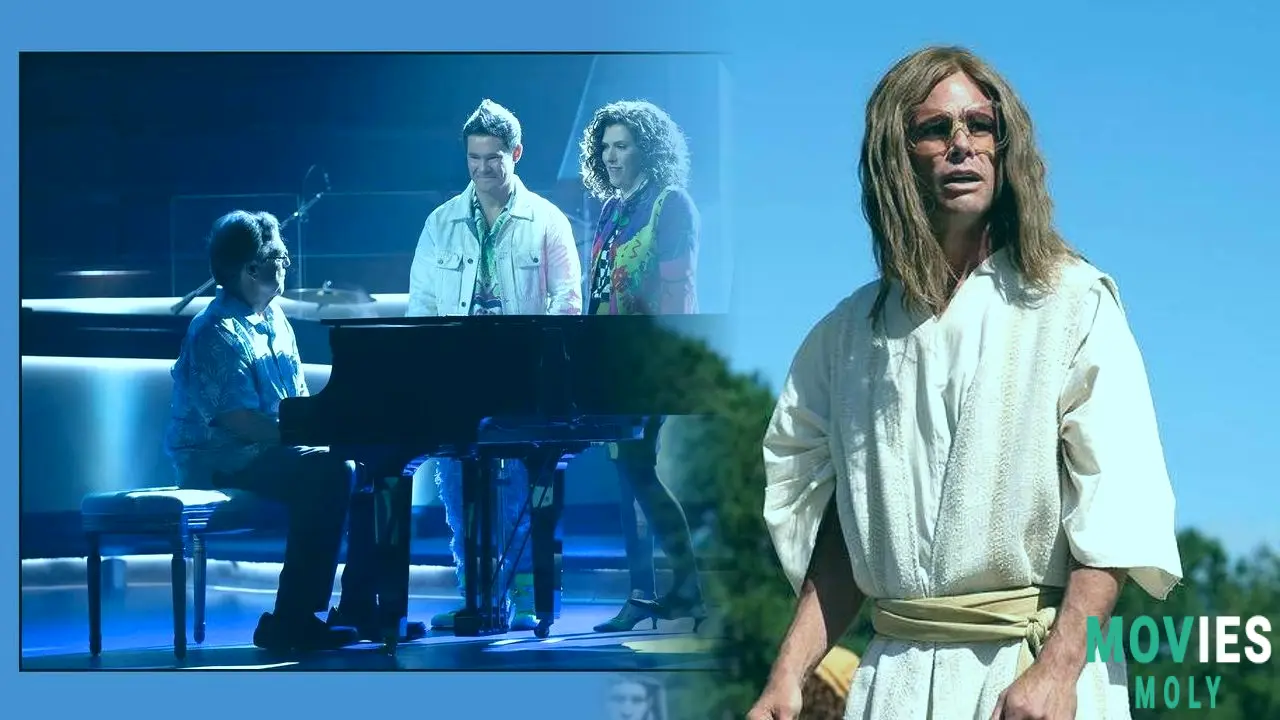
The last scene filmed for the series wasn’t a dramatic confrontation or a soul-searching monologue. It was a church lunch. A Dr. Watson moment. A capuchin monkey smoking a menthol and pleasuring himself while the Gemstones watch, laugh, and egg him on. It’s the kind of scene that could’ve felt like a non-sequitur but, in truth, encapsulated everything the show ever was: irreverent, human, ridiculous, and somehow loving in its observation of flawed people trying to matter.
As McBride said, church lunch scenes are a chance to let the whole cast have fun. And after four seasons of digging into sin, salvation, and sequined souls, this final improvisation was The Righteous Gemstones’ ultimate unscripted prayer—a messy, glorious sendoff from a show that never stopped asking what it means to be righteous in a world that’s often just waiting for you to mess up.
In the end, the Gemstones may not have changed the world, but they sure as hell gave us one last crazy, sparkling, soul-searching sermon that dug into family, faith, failure, and flamboyance. And that’s more miraculous than a service monkey with a lighter.

